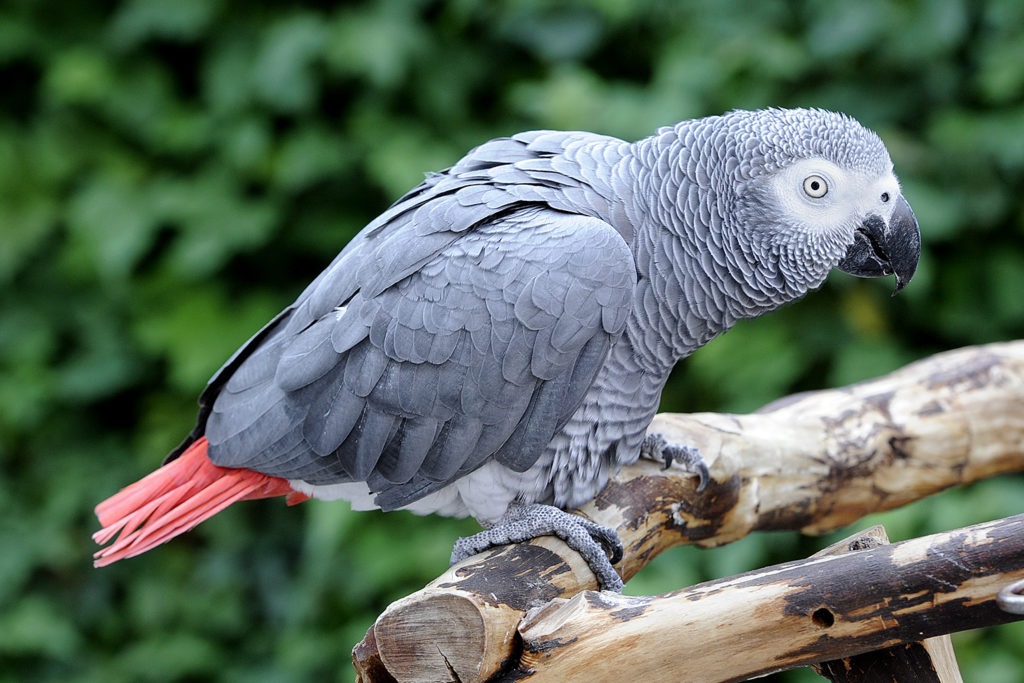African Grey Parrot In The Wild, The African Grey Parrot in the wild is a captivating sight—an intelligent, vocal, and highly social bird that has fascinated both scientists and bird enthusiasts for decades. Native to the rainforests of West and Central Africa, particularly countries like Cameroon, Congo, Ghana, and the Ivory Coast, the African Grey thrives in dense forests, wooded savannas, and mangroves. Though popular as pets around the world, these parrots live very differently in their natural environment.
Natural Behavior and Social Structure
In the wild, African Grey Parrots form tight-knit flocks that can consist of several dozen individuals. These flocks help provide protection against predators like hawks and snakes. They roost together at night and forage for food during the day. Their diet is diverse, consisting of fruits, nuts, seeds, berries, and even bark or insects in some cases. The fig tree is a particular favorite.
Communication plays a crucial role in their survival. African Greys are famous for their ability to mimic sounds and human speech in captivity, but in the wild, their vocalizations include whistles, squawks, and calls that help maintain group cohesion and warn of danger. Their high intelligence allows them to solve problems, remember routes, and recognize individual members of their flock.
Breeding and Nesting Habits
During the breeding season, African Grey Parrots in the wild seek out large, hollow trees in which to nest. The female typically lays 3 to 5 eggs and incubates them for about a month, while the male brings food and guards the nest. Chicks remain in the nest for 10–12 weeks before fledging. This slow reproductive cycle makes the species vulnerable to population decline.
Threats to Wild Populations
The African Grey Parrot in the wild faces several threats. Chief among them is habitat loss due to deforestation, logging, and agriculture. In addition, the illegal pet trade has severely impacted wild populations. Thousands of parrots have been captured and exported, leading to dramatic population declines in some areas. The species is currently listed as Endangered by the International Union for Conservation of Nature (IUCN).
Conservation Efforts
Thankfully, efforts are underway to protect the African Grey in the wild. Many African countries have placed restrictions on capturing and exporting these birds. Conservation organizations are working on habitat preservation, public awareness campaigns, and community-based wildlife management programs. Rehabilitated birds are sometimes released back into protected areas, helping to rebuild wild populations.
Conclusion
Seeing an African Grey Parrot in the wild is a rare and beautiful experience. It reminds us of the bird’s complex behavior, remarkable intelligence, and essential role in its ecosystem. While they may be beloved pets across the globe, their true place is in the canopy of African forests, soaring and calling among the trees where they evolved to thrive. Protecting them ensures that future generations can continue to marvel at this extraordinary species in its natural home.
You Might Also Like These:

